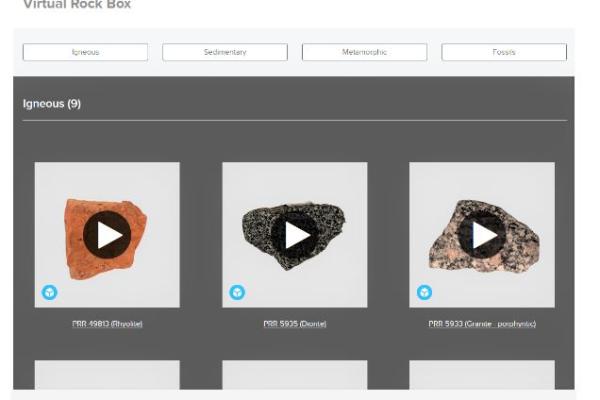A Low-Cost, User-Friendly Technology for Making Samples and Artifacts Accessible to Online Audiences

The pandemic precipitated the need for virtual access to science through technology and hence the creation of the Virtual Rock Box. Rock samples from the Polar Rock Repository were scanned using an iPad, the Qlone app and a background mat to produce 3D models and produce a virtual rock box.
Byrd Center undergraduate student Daniel Hamilton, science outreach and coding intern, led the development of a paper articulating this low-cost, user-friendly method. Co-authors include the Byrd Center's Education and Outreach Director Jason Cervenec, Postdoctoral Scholar Erica Maletic and Senior Graphics Researcher Jeremy Patterson from The Ohio State University's Advanced Computing Center for the Arts and Design (ACCAD). The paper also describes a more advanced, high-resolution method that allowed the capture of some difficult-to-scan objects in the Polar Archives.
The article, titled A Low-Cost, User-Friendly Technology for Making Samples and Artifacts Accessible to Online Audiences, appears in the November-December issue of the National Science Teaching Association's (NSTA's) Connected Science Learning.
